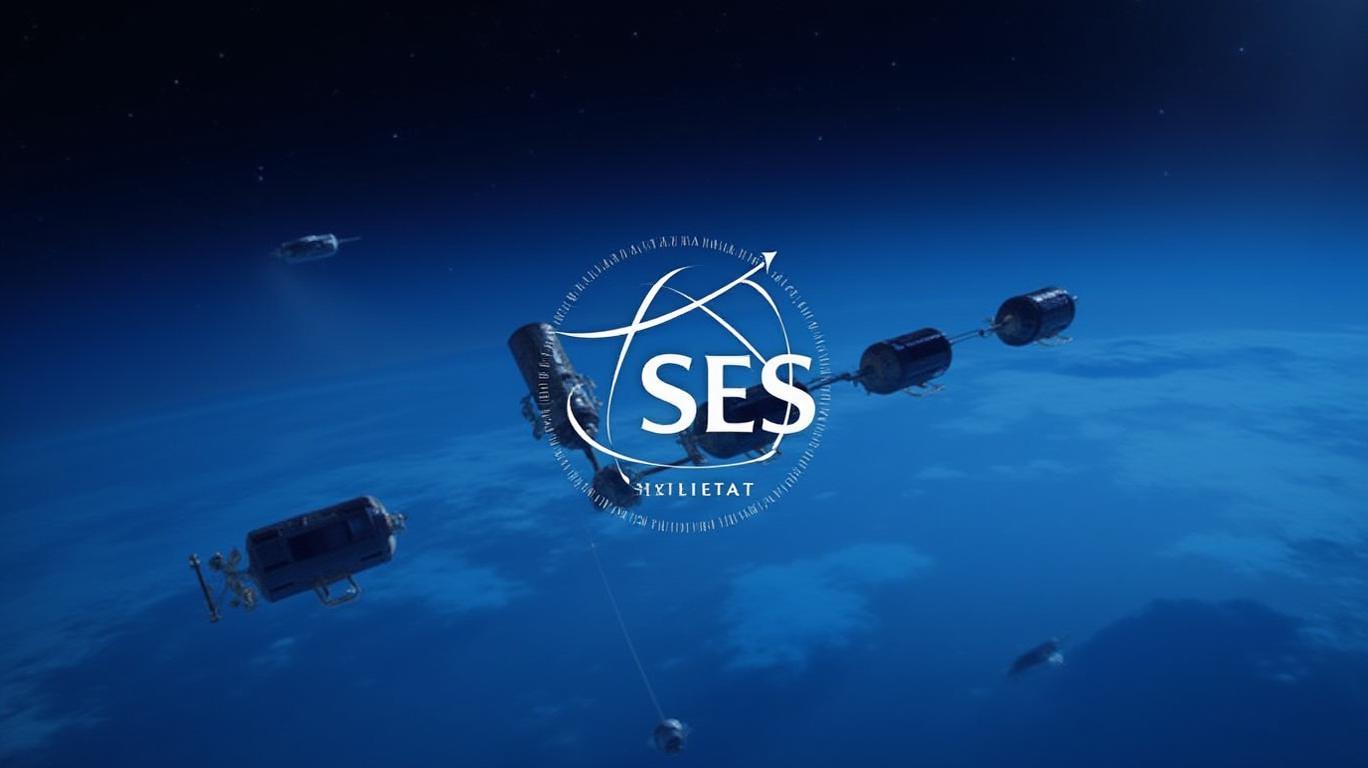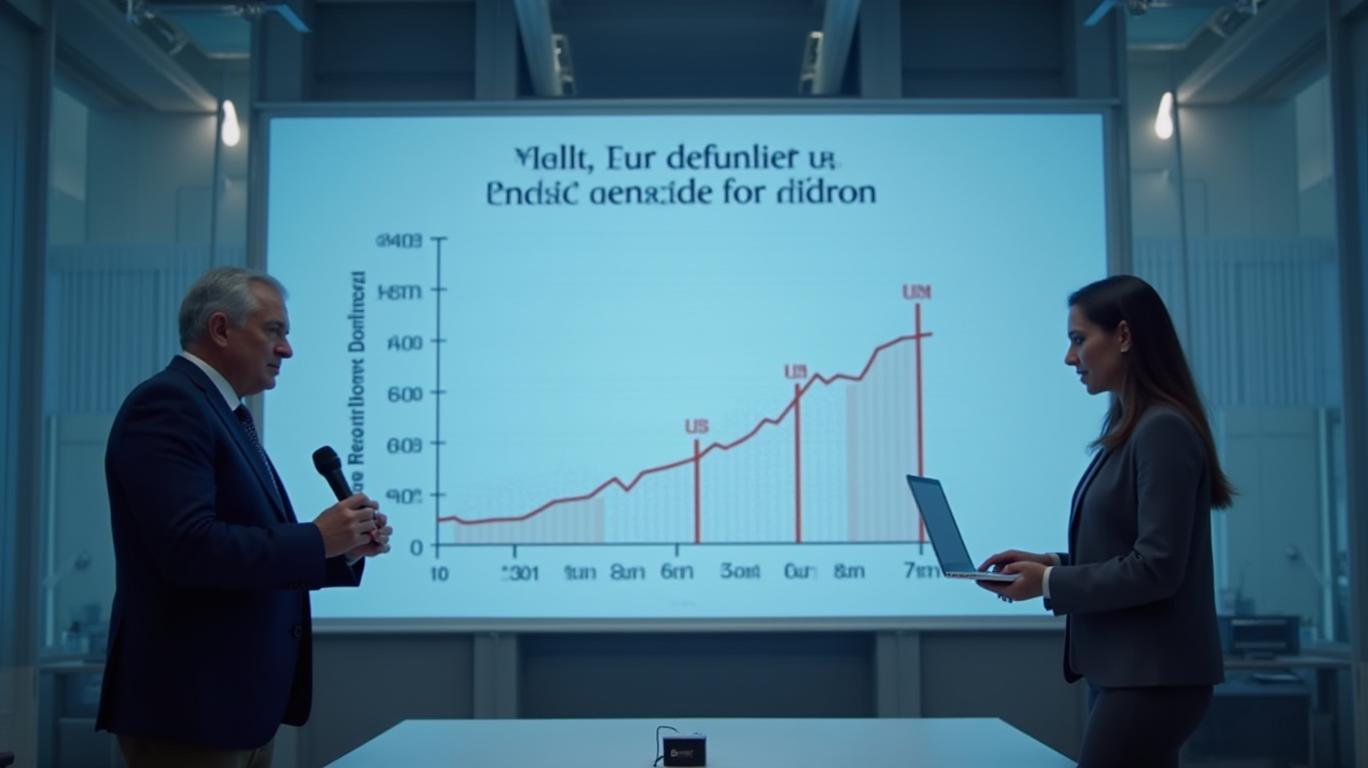EU's June 10 Antitrust Decision Could Redraw the Satellite Industry's Map
The European Union’s antitrust regulators are set to decide by June 10, 2025, whether to greenlight the €3.1 billion merger of SES and Intelsat—the two largest traditional satellite operators—creating a global powerhouse to counter the rise of SpaceX’s Starlink and Amazon’s Project Kuiper. The outcome will reshape the $200 billion satellite communications market, balancing antitrust concerns against the strategic need for scale in a rapidly evolving industry. Here’s why investors should pay close attention.
Ask Aime: Will the EU approve the SES-Intelsat merger?

The Deal’s Strategic Stakes
The merger aims to consolidate two aging giants of the satellite industry into a modern, multi-orbit operator capable of competing with low-Earth-orbit (LEO) rivals like Starlink. Combined, the new entity would control over 100 geostationary satellites and 26 medium-Earth-orbit (MEO) satellites, with plans to deploy an additional 15 satellites by late 2026. This expansion is critical as LEO networks—closer to Earth and offering faster broadband speeds—are siphoning demand for traditional satellite services.
Ask Aime: "Will the SES-Intelsat merger create a satellite communications powerhouse capable of competing with SpaceX's Starlink and Amazon's Project Kuiper?"
Financially, the deal promises €2.4 billion in synergies over time, driven by fleet optimization, shared ground infrastructure, and reduced operational costs. Pro forma 2024 revenue for the merged firm would hit €3.7 billion, with €1.8 billion in adjusted EBITDA. The merger is also a lifeline for both companies’ struggling legacy businesses: SES’s media revenue fell 10.6% year-on-year in Q1 2025, while Intelsat’s C-band spectrum monetization—central to the deal—faces rising competition from fiber broadband and LEO alternatives.
Regulatory Crossroads
The EU’s decision hinges on whether the merger stifles competition in key sectors like government communications, maritime/aerospace mobility services, and fixed data markets. Regulators are particularly wary of the combined entity’s dominance in C-band spectrum, which remains vital for cable TV distribution in remote regions. While LEO networks like Starlink may reduce reliance on C-band over time, the EU is unlikely to ignore concerns about a near-monopoly in this niche.
The European Commission has two paths:
1. Clear the deal unconditionally or with remedies by June 10.
2. Launch a four-month investigation, delaying closure until late 2025.
Parallel reviews in the UK (CMA deadline: June 12) and U.S. add further uncertainty. The U.S. Federal Communications Commission (FCC) and Department of Justice (DOJ) will scrutinize national security risks and C-band dominance. A Trump administration (post-January 2025) is expected to favor behavioral remedies (e.g., spectrum-sharing commitments) over blocking the deal, raising approval odds to 90% by late 2025, per analysts.
Market Implications: A New Satellite Superpower or Regulatory Casualty?
If approved, the merger would create a European juggernaut to rival U.S.-based LEO giants. The merged entity’s multi-orbit fleet would offer hybrid services—geostationary satellites for fixed broadband and MEO/LEO networks for mobility—positioning it to capture 60% of the $400 billion space economy by 2030. Investors in the satellite sector, including shares in Viasat (VSAT) and Eutelsat (ETL.PA), would likely see heightened competition but also industry consolidation that stabilizes pricing.
However, a rejection or extended probes would force SES and intelsat to compete independently, risking further erosion of their market share. Delays beyond 2025 could also strain SES’s finances: its media division’s decline has already sparked warnings about cash flow, while Intelsat’s debt-laden balance sheet ($2.3 billion in liabilities) adds urgency.
Conclusion: A High-Stakes Gamble on the Future of Space
The June deadlines are pivotal. An approval would validate the merger’s strategic rationale—combating LEO dominance—and unlock synergies that could boost the combined firm’s EBITDA by €2.4 billion over time. Investors should watch for the EU’s stance on C-band spectrum and the U.S. willingness to accept behavioral remedies.
Conversely, a rejection or lengthy investigation would mark a turning point for traditional satellite operators, accelerating their decline as LEO networks dominate. With Starlink’s valuation exceeding $100 billion and Amazon’s Kuiper gaining traction, the EU’s decision isn’t just about antitrust—it’s about whether Europe can retain a seat at the table in the next space race. For now, the stars are aligned for a deal, but regulators hold the remote control.


_cbf77e8c1748017079428.jpeg)
























